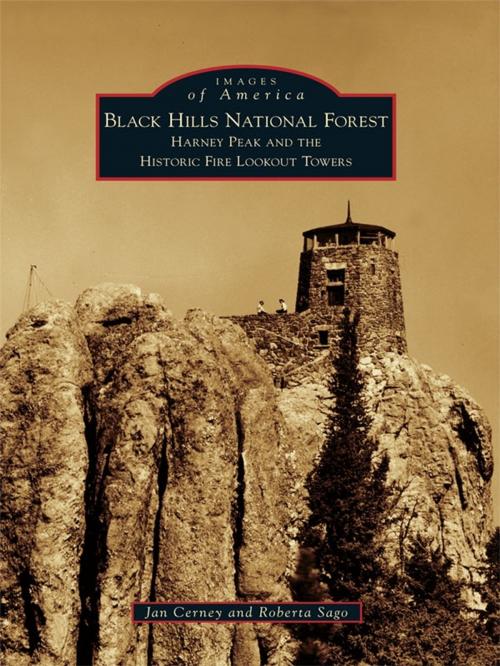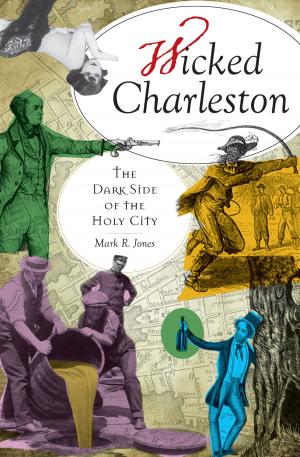Black Hills National Forest
Harney Peak and the Historic Fire Lookout Towers
Nonfiction, Travel, Museums, Tours, & Points of Interest, Science & Nature, Nature, Environment, Environmental Conservation & Protection| Author: | Jan Cerney, Roberta Sago | ISBN: | 9781439625729 |
| Publisher: | Arcadia Publishing Inc. | Publication: | May 9, 2011 |
| Imprint: | Arcadia Publishing | Language: | English |
| Author: | Jan Cerney, Roberta Sago |
| ISBN: | 9781439625729 |
| Publisher: | Arcadia Publishing Inc. |
| Publication: | May 9, 2011 |
| Imprint: | Arcadia Publishing |
| Language: | English |
Once vital to fire prevention and detection, most of the Black Hills National Forest historic lookout towers now serve primarily as hiking destinations. The first crude lookout structures were built at Custer Peak and Harney Peak in 1911. Since that time, more than 20 towers have been constructed in the area. The first lookout towers were built of wood, most replaced by steel or stone. The Civilian Conservation Corps was instrumental in constructing fire towers during the 1930s and 1940s. One of the most famous and architecturally and aesthetically valued towers is the Harney Peak Fire Lookout�situated on the highest point east of the Rocky Mountains. Harney Peak is among a number of Black Hills towers listed on the National Historic Lookout Register. Over 200 vintage images tell the story of not only the historic fire towers but those who manned them. Perched atop high peaks in remote locations, fire lookout personnel spent countless hours scanning the forest, pinpointing dangers, often experiencing the powerful wrath of lightning strong enough to jolt them off their lightning stools.
Once vital to fire prevention and detection, most of the Black Hills National Forest historic lookout towers now serve primarily as hiking destinations. The first crude lookout structures were built at Custer Peak and Harney Peak in 1911. Since that time, more than 20 towers have been constructed in the area. The first lookout towers were built of wood, most replaced by steel or stone. The Civilian Conservation Corps was instrumental in constructing fire towers during the 1930s and 1940s. One of the most famous and architecturally and aesthetically valued towers is the Harney Peak Fire Lookout�situated on the highest point east of the Rocky Mountains. Harney Peak is among a number of Black Hills towers listed on the National Historic Lookout Register. Over 200 vintage images tell the story of not only the historic fire towers but those who manned them. Perched atop high peaks in remote locations, fire lookout personnel spent countless hours scanning the forest, pinpointing dangers, often experiencing the powerful wrath of lightning strong enough to jolt them off their lightning stools.















